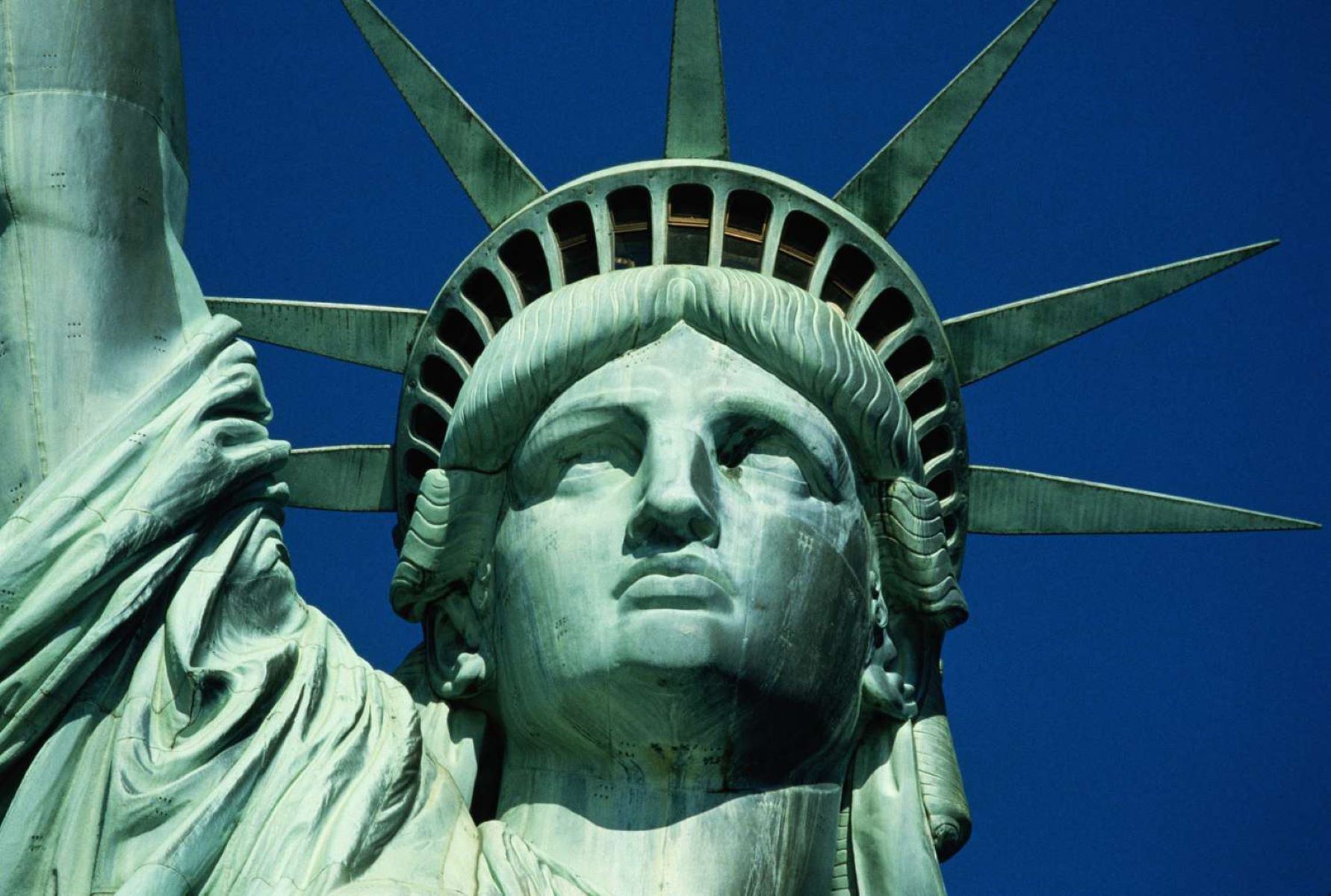Secrets Behind The Statue Of Liberty

Have you ever wondered about the secrets behind the Statue of Liberty? This iconic monument, standing tall in New York Harbor, holds more than just a torch. Gifted by France in 1886, it symbolizes freedom and democracy. But did you know the statue's full name is "Liberty Enlightening the World"? Or that it was designed by Frédéric Auguste Bartholdi and engineered by Gustave Eiffel, the same genius behind the Eiffel Tower? The statue's green color comes from a natural patina formed over decades. Dive into the hidden stories and fascinating facts that make this statue more than just a tourist attraction.
The Origins of the Statue of Liberty
The Statue of Liberty stands tall as a symbol of freedom and democracy. But how did this iconic monument come to be? Let's uncover some fascinating secrets behind its creation.
Gift from France: The statue was a gift from France to the United States, celebrating the friendship between the two nations and the centennial of American independence.
Designed by Frédéric Auguste Bartholdi: French sculptor Frédéric Auguste Bartholdi designed the statue, while Gustave Eiffel, the engineer behind the Eiffel Tower, contributed to its internal structure.
Construction in France: The statue was constructed in France, then disassembled and shipped to the United States in 350 individual pieces packed in 214 crates.
Hidden Meanings in the Statue's Design
Beyond its majestic appearance, the Statue of Liberty is filled with symbolic elements. Each part of the statue carries a deeper meaning.
Seven Spikes on the Crown: The seven spikes represent the seven continents and seven seas, symbolizing universal liberty.
Broken Chains at Her Feet: At the statue's feet lie broken chains, signifying the end of oppression and the triumph of freedom.
Tablet in Her Left Hand: The tablet bears the date of the American Declaration of Independence, July 4, 1776, in Roman numerals.
The Journey to Liberty Island
The Statue of Liberty's journey to its current home on Liberty Island was no small feat. This section explores the challenges and triumphs of that journey.
Arrival in New York Harbor: The statue arrived in New York Harbor on June 17, 1885, aboard the French frigate Isère.
Reassembly on Liberty Island: It took four months to reassemble the statue on what was then known as Bedloe's Island, now Liberty Island.
Dedication Ceremony: The statue was officially dedicated on October 28, 1886, by President Grover Cleveland in a grand ceremony attended by thousands.
The Statue's Role in American Culture
The Statue of Liberty has become more than just a monument; it is a cultural icon. Let's explore its impact on American culture and beyond.
Ellis Island and Immigration: For millions of immigrants arriving in the United States, the statue was their first glimpse of America, symbolizing hope and new beginnings.
Appearances in Media: The statue has appeared in countless films, TV shows, and books, cementing its place in popular culture.
Symbol of Protest and Hope: Over the years, the statue has been used as a symbol in various protests and movements advocating for freedom and human rights.
Fun Facts About the Statue of Liberty
There are many lesser-known facts about the Statue of Liberty that add to its intrigue. Here are some fun tidbits you might not know.
Color Change: Originally, the statue was a shiny copper color. Over time, it turned green due to the natural weathering of copper.
Height and Weight: The statue stands 305 feet tall from the ground to the tip of the torch and weighs approximately 225 tons.
Torch Replacement: The original torch was replaced in 1986 with a new one covered in 24-carat gold leaf.
Visiting the Statue of Liberty Today
Planning a visit to the Statue of Liberty? Here's what you need to know to make the most of your trip.
Access to the Crown: Visitors can climb 354 steps to reach the crown, offering breathtaking views of New York Harbor.
Liberty Island Museum: The museum on Liberty Island provides a wealth of information about the statue's history and significance.
Ferry Rides: Ferries to Liberty Island depart from Battery Park in Manhattan and Liberty State Park in New Jersey, offering scenic views along the way.
The Statue of Liberty's Enduring Legacy
The Statue of Liberty stands as a symbol of freedom and hope. Its history, from the initial idea to its construction, reveals the dedication and collaboration between France and the United States. The statue's design, by Frédéric Auguste Bartholdi, and its engineering, by Gustave Eiffel, showcase remarkable artistry and innovation. Over the years, Lady Liberty has welcomed millions of immigrants arriving in America, becoming a beacon of new beginnings. Visiting Liberty Island offers a chance to appreciate this iconic monument up close. The statue's torch, crown, and pedestal each hold unique stories and significance. Whether you're a history buff or just curious, the Statue of Liberty continues to inspire and educate. Its legacy reminds us of the enduring values of liberty and democracy, making it a must-see landmark for anyone exploring New York City.

